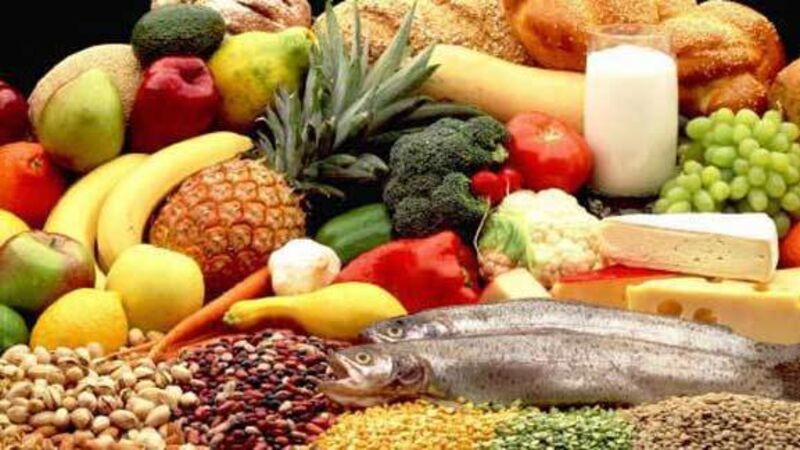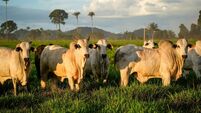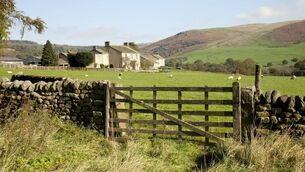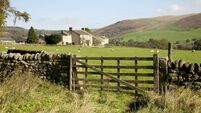Oliver Moore: CAP doesn’t fit organic output

In other words, as a majority — on average over 60% — of European farm incomes come from the CAP, the paying public should get something back.
That something is more than just food security: it’s about agri-food playing its part to help with a range of social, economic and environmental issues. These include biodiversity loss, rural depopulation, sustainable use of resources, farm incomes and climate change.













